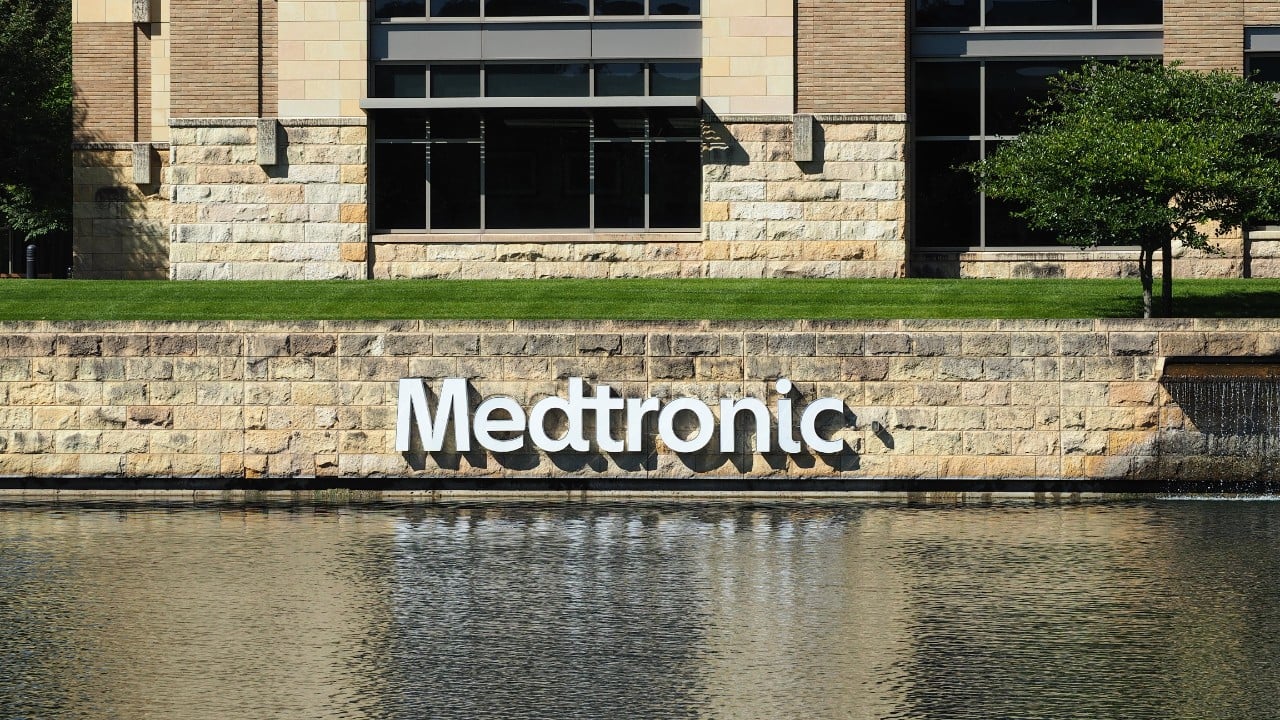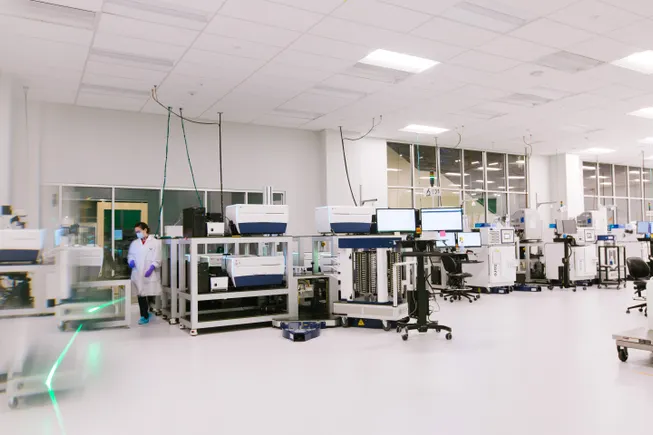How to Get Pre-Approved for a Mortgage: 7 Steps for Success
A mortgage pre-approval tells you how much you can borrow for your mortgage loan. Learn how to get pre-approved for a mortgage in 7 steps. The post How to Get Pre-Approved for a Mortgage: 7 Steps for Success appeared first on Redfin | Real Estate Tips for Home Buying, Selling & More.


When you’re planning to buy a home, getting pre-approved for a mortgage is a crucial step.. A mortgage pre-approval is the process when a mortgage lender evaluates your financial information and determines the amount of money they’re willing to lend you to purchase a home. This helps set your budget and strengthens your position as a buyer.
In this Redfin article, we’ll outline the steps to get pre-approved for a mortgage. Whether you’re looking to buy a home in Las Vegas, NV, or a condo in Cincinnati, OH, read on to learn how pre-approval speeds up the homebuying process.
Key takeaways
- A mortgage pre-approval is an official letter from a lender stating how much you can borrow.
- Lenders evaluate factors like credit score, bank statements, W-2s, and debt-to-income ratio (DTI) to determine loan eligibility.
- Pre-approval strengthens your offer and shows sellers you’re a serious buyer.
What is mortgage pre-approval?
Mortgage pre-approval is an evaluation conducted by a lender to determine how much money they are willing to lend you.. During this process, you provide the lender with your financial information, including income, assets, debts, and credit history.
The lender reviews these details and assesses your creditworthiness and ability to repay the home loan. Based on their evaluation, they provide you with a pre-approval letter, stating the loan amount you are eligible for.
7 steps to get pre-approved for a mortgage
1. Research and choose a lender
Start by researching different mortgage lenders to find one that fits your needs. Compare interest rates, loan terms, fees, and customer reviews. Some lenders specialize in first-time homebuyers or offer special programs that might benefit you.
You don’t have to get your final mortgage from the lender that pre-approves you. If you find a better offer later, you can switch lenders before finalizing your loan. It’s also a good idea to apply for pre-approval with at least two to three lenders to compare loan terms and ensure you’re getting the best deal.
2. Gather important documents
When getting a mortgage pre-approval, it’s essential to provide the lender with a comprehensive view of your financial situation. Here are some key documents you should gather.
- Proof of income
- Employment verification
- Proof of assets
- Credit history
- Identification
- Debt-to-income ratio (DTI)
- W-2 statements
- Pay stubs
- Bank statements
- Driver’s license
- Social Security number
Be sure you’re depositing all earnings into a bank account. When you buy a home, lenders will need to view bank statements to ensure you have enough money to cover your down payment and other costs. You’ll also likely need to submit your tax returns. Lenders usually need to review the past two years of income and tax liabilities.
3. Check your credit score
A good credit score is crucial for mortgage approval. Start by obtaining a copy of your credit report from one or more of the major credit bureaus (Equifax, Experian, and TransUnion). If your score is lower than desired or you notice any issues on your report, take steps to improve your credit score score before applying for pre-approval.
Lenders use credit scores to assess your creditworthiness and determine the terms of your mortgage, including interest rates and loan options. A higher credit score generally indicates that you have a history of responsibly managing your debts, making you a more attractive borrower.
3. Apply for pre-approval
After gathering all the necessary documentation, you’ll be ready to begin the application process. This typically involves filling out a detailed form provided by the lender, where you’ll supply information about your income, employment, assets, debts, and credit history. Be sure you complete the form accurately, as any errors or omissions could potentially delay the pre-approval process.
In addition to providing the required documents, you’ll need to authorize a credit check. This allows a lender to assess your creditworthiness based on factors like your credit score, payment history, and existing debts.
Once your application is submitted, the lender will carefully review and evaluate the details provided to determine your eligibility for mortgage pre-approval.

5. Receive your pre-approval letter
If you meet the lender’s criteria, you’ll receive a pre-approval letter. This letter outlines the loan amount you’re approved for. It includes additional details such as the loan term, interest rate, and any conditions or contingencies that you need to meet.
The pre-approval letter serves as proof to sellers and real estate agents that you have undergone a preliminary evaluation by a lender and are a serious buyer. It’s important to note that a pre-approval letter doesn’t guarantee a mortgage loan.
The final approval depends on additional factors, including a fair home appraisal of the property. Be sure to maintain open communication with your lender throughout the process and provide any requested updates or additional documentation as needed.
6. Know how long your pre-approval lasts
Pre-approval letters come with an expiration date, so it’s important to know how long your pre-approval lasts. The expiration period can vary, but it’s commonly between 60 and 90 days. Your financial circumstances can change over time, which is why pre-approvals expire.
Lenders want to ensure that the information they used to determine your pre-approval still accurately reflects your current financial situation. Therefore, they set an expiration date to encourage borrowers to complete their home search and proceed with a mortgage application in a timely manner.
If your letter expires before you find a home, you may need to reapply with updated financial documentation.
7. Once you’re pre-approved, don’t make any big changes
When you have a pre-approval, avoid making any big financial decisions. Examples include leaving your job to start a business, buying a new car, opening a new credit card, or co-signing a loan with a family member. This could change your financial stability and affect your chances of successfully buying a home.
If you’re considering a substantial move that could change your income or credit status, first consult with your lender to make sure you’re not sabotaging your mortgage pre-approval.

What’s the difference between pre-approval vs. pre-qualification?
Pre-approval and pre-qualification are often used interchangeably but have different meanings.
Pre-approval letter: A pre-approval is a comprehensive evaluation where the lender verifies your information like W-2s and bank statements, and assesses your creditworthiness in detail. Pre-approval holds more weight and is a stronger indication of your eligibility for a mortgage.
Pre-qualification letter: A pre-qualification is an initial assessment of your financial situation based on self-reported information provided by you. It gives you a rough estimate of how much you might be able to borrow.
What’s the difference between pre-approval vs. approval?
While a mortgage pre-approval is an important step in the home-buying process, it should not be confused with final approval. Pre-approval is a preliminary assessment that helps you understand your budget and strengthens your position as a buyer.
However, it’s not guaranteed that the lender will approve your mortgage application once you make an offer. You will still need to officially apply for a mortgage loan after your offer is accepted. Final approval is granted after a thorough evaluation of the property you intend to purchase, an appraisal, and other necessary checks.
Why it’s important to get pre-approved
Getting pre-approved for a mortgage is important for several reasons:
Accurate budgeting: Pre-approval helps you understand how much you can afford to borrow, enabling you to set a realistic budget for your home search.
Competitive advantage: Sellers and real estate agents view pre-approved buyers as more serious and reliable, giving you an edge in a competitive housing market.
Faster closing process: Pre-approval expedites the mortgage application process since you’ve submitted most of the necessary paperwork.
Rate protection: Pre-approval may lock in an interest rate for a specific period, safeguarding you against potential rate increases while you search for a home.
FAQs about the mortgage pre-approval process
How long does it take to get pre-approved?
The pre-approval process can take a few days to a couple of weeks, depending on the lender and your financial circumstances.
What do you do after you are pre-approved?
After pre-approval, you can begin your home search with confidence. Work with a real estate agent to find properties within your budget and negotiate offers with sellers.
What do you do when you can’t get pre-approved?
If you’re unable to obtain pre-approval, consult with your lender to understand the reasons behind the decision. It may be that you need to improve your credit score, address outstanding debts, or consider alternative financing options.
Do mortgage pre-approvals affect your credit score?
Mortgage pre-approvals usually have a minimal and temporary impact on your credit score. While the credit check involved in the pre-approval process is considered a hard inquiry, it typically results in only a slight decrease of a few points or less.
Do you have to use the same lender for pre-approval and your loan?
No, you don’t need to use the same lender, unless you’ve signed a contract. If you get a quote from a new lender that offers more favorable rates and terms, you can certainly work with that lender for your final loan.
If market conditions have changed since your home pre-approval, you might be able to get a lower interest rate and better loan terms. It could be worth it to shop around one last time. Even a slightly better deal could save you money over the long term.
What’s the best way to get pre-approved for a mortgage?
Start by researching reputable lenders and comparing their offerings. Submit complete and accurate documentation, respond promptly to lender requests, and maintain a good credit profile.
What factors are considered for pre-approval?
Lenders evaluate factors such as credit history, income stability, employment status, debt-to-income ratio, and the amount of funds available for a down payment.
The post How to Get Pre-Approved for a Mortgage: 7 Steps for Success appeared first on Redfin | Real Estate Tips for Home Buying, Selling & More.




















































































































































